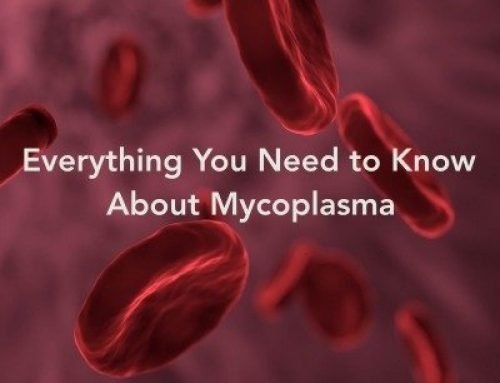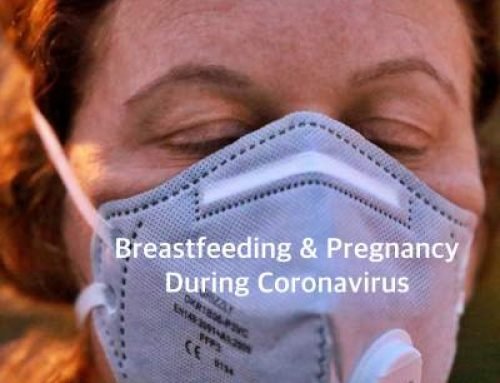As explained by the American Psychiatric Association, eating disorder is an umbrella term for diseases characterized by serious disturbances in people’s eating behaviors and associated thoughts and feelings.
These individuals usually become overly-obsessed with food and their weight. Anorexia and bulimia are the two most common eating disorders, followed by binge eating disorder. They affect several million people at a specific time and usually occur in women between the ages of 12 and 35, though they can happen in men too. These treatable conditions influence the body image of the individual, as well as their physical, psychological, and spiritual health.
It is crucial to point out that treatment for eating disorders is available and full recovery is possible; the sooner one begins with therapy, the better. Postponing treatment will make recovery much more difficult. To increase the awareness of this serious mental health problem, the focus of this informative article is to present the major characteristics of each of the three eating disorders and the available treatments.
What Is Anorexia?
As explained on Mayo Clinic, anorexia, also known as anorexia nervosa, is an eating disorder which is manifested through a very low body weight, a strong dread of weight gain, and a false perception of healthy weight. An anorexia sufferer is focused on controlling their shape and weight and will use extreme efforts to achieve this. Unfortunately, this may interfere with their daily lives and overall quality of life and well-being.
Though the main reason for anorexia remains unclear, there are specific contributing factors, i.e., biological, environmental, social, and psychological factors, as emphasized on Web Md. Hence, some people may develop it due to genetics; others may suffer from it due to having obsessive-compulsive traits; and last but not least, peer pressure or the desire to be thin can also cause it because thinness is commonly associated with worth and success in Western culture.
One of the most common approaches they take to avert weight gain is extreme restriction of food and they often control their calorie consumption by inducing vomiting after eating or by overusing diet aids, laxatives, enemas, or diuretics, as well as strenuous exercising. However, as pointed out on Mayo Clinic, regardless of the amount of lost weight, their fears of weight gain do not cease. The best option to prevent anorexia from taking over your life is with the help of adequate treatment which gives you the opportunity to go back to normal eating habits, strengthen your image about yourself, and avoid severe complications.
The most Common Symptoms of Anorexia
When it comes to the major symptoms of anorexia, as seen on Mayo Clinic, they can be of physical or emotional nature. Unfortunately, they are not always easily spotted because people who have this problem are great in covering up their thinness, physical issues or eating habits. Let us take a look at the most common physical signs of anorexia:
- Thin appearance
- Excessive loss of weight
- Tiredness
- Sleeplessness
- Abnormal blood counts
- Bluish fingers
- Thin hair which breaks or falls
- Dizziness
- Lack of menstruation
- Abdominal ache or constipation
- Dehydration
- Swollen arms or legs
- Low blood pressure
- Dry and yellow skin
- Low tolerance to cold
- Eroded teeth and knuckle calluses due to self-induced vomiting
These are the most common emotional signs of anorexia:
- Severely limiting food consumption through fasting or dieting
- Excessive workout
- Self-induced vomiting
- Avoiding food and skipping meals
- Denying feeling hungry
- Coming up with excuses for not eating
- Eating only some foods like those low on calories and fat
- Adopting unusual eating rituals like spitting food after chewing
- Refusing to eat in public
- Constant need to measure weight
- Complaints about being fat
- Sleeplessness
- Lack of emotions
- Easily irritable
- Low interest in sex
- Social withdrawal
What Is Bulimia?
As explained on Eating Disorder Hope, bulimia nervosa is another serious eating disorder manifested through the consumption of large amounts of food in a short period of time, also known as bingeing, which is followed by an effort to prevent weight gain by purging the food through vomiting or excessive workout. The purging can trigger serious health complications and this may not even lead to loss of weight and may actually do the opposite, i.e. weight gain.
Similarly to the case with anorexia, the main trigger of bulimia is still unknown, even though research indicates that it is a combination of psychological, biological, genetic, social, and behavioural factors, as pointed out on Medical News Today.
What Are the Major Signs of Bulimia?
Potential physical symptoms, according to Medical News Today, are the following ones:
- Lack of nutrients
- Serious dehydration
- Changes in weight
- Knuckle scars
- Acid reflux
- Swollen cheeks
- Lack of menstruation
- Inflamed or sore throat
- Broken eye blood vessels
Below, you can check out the major emotional symptoms of bulimia:
- Large amount of money being spent on food
- Obsession with food and eating
- Usually eating alone
- Going to the bathroom after eating
- Hoarding and hiding food
- Frequent complaints about being overweight
- Uncontrollable exercising
- Throwing out food
Binge Eating Disorder
According to NEDA, this disorder is identified through recurrent episodes of uncontrolled binge eating (at least one episode on a weekly basis for at least three months) and emotions of excessive distress and shame. In most cases, it develops in the late teens to the early twenties, even though it may happen at any age and may persist for years. The major triggers are still not well clarified, even though there are some specific risk factors, as noted on Help Guide. Some of them are genetics, gender (more common in women), brain changes, body size, body image, trauma, and some other underlying psychological problem. Unlike in bulimia sufferers, people with BED do not vomit, use laxatives or exercise excessively to make up for the episodes of overeating.
BED Symptoms
As seen on Web Md, a person with severe binge eating issues will probably experience some of these symptoms at least once per week for at least 90 days:
- Binge eating big amounts of food
- Unable to control what or how much you eat
- Eating faster than usually
- Devouring food until uncomfortably full
- Eating a lot of food despite not being hungry
- Eating alone due to embarrassment of the eaten amount of food
- Experiencing depressionor guilt after overeating
- Weight changes
- Lack of self-esteem
Treatment Options
The treatment for anorexia, as explained on Mayo Clinic, is usually a team effort, including doctors, dietitians, and mental health professionals, all of which have experience in eating disorders. For a complete recovery, the most important factors are proper therapy and education about nutrition. Other necessary treatment aspects may include hospitalization for individuals with anorexia whose life is in danger, adequate medical care to up the hydration and electrolyte levels and address possible physical conditions, working on restoring healthy weight by learning about how to lead a balanced diet, as well as cognitive-behavioural therapy and family therapy.
As emphasized on Eating Disorder Hope, taking into consideration that lack of self-esteem and having a negative image about one’s body are contributing factors to bulimia, the treatment may require several methods, including cognitive-behavioural therapy and dialectic behaviour therapy in order to yield positive results. The goals of the therapy are stopping the binge and purge cycles, helping the patient get rid of irrational and negative thoughts about their weight and looks, and helping them cope with any emotional problems that may have led to bulimia.
According to Mayo Clinic, treatment for BED is conditioned by the underlying cause of the illness and its seriousness, as well as the patient’s ultimate goals. Some treatment options that a mental health professional or a doctor may recommend are cognitive-behavioural therapy, weight loss therapy, meds, dialectical behaviour therapy or interpersonal psychotherapy.




Leave A Comment